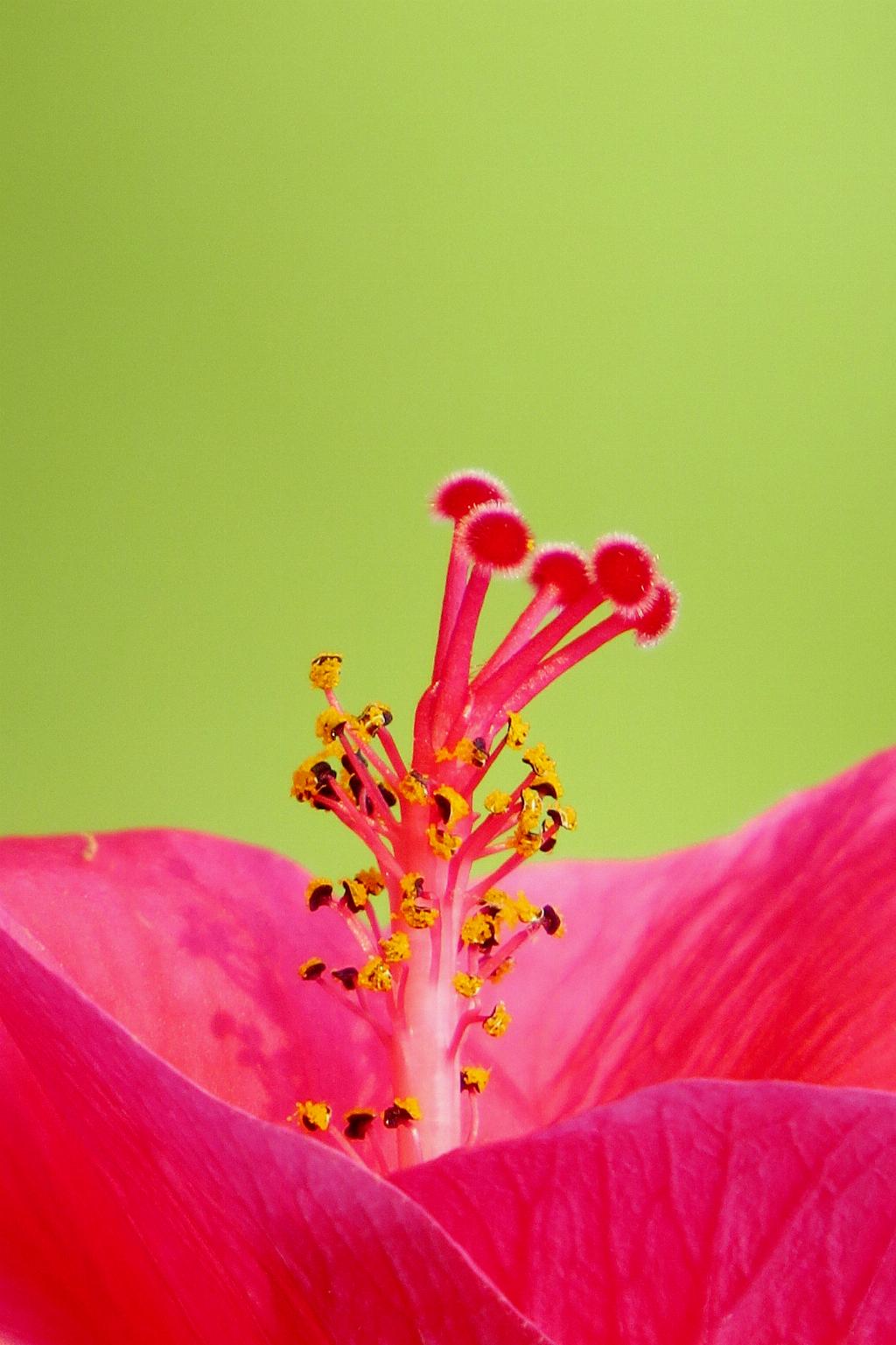Transplanting hibiscus plants is a delicate process that requires careful timing and consideration. When it comes to determining the best time to transplant your hibiscus, there are several factors you should take into account.
One of the key considerations when deciding when to transplant your hibiscus is the weather. It is generally recommended to wait until the ground thaws in spring before attempting to transplant your hibiscus plant. Transplanting during the colder months can put stress on the plant and may hinder its ability to establish itself in its new location.
Experts in horticulture often recommend transplanting hibiscus plants in the spring, after the last freeze of winter but before new leaves start to emerge. This period allows the plant to adjust to its new environment without the added stress of harsh weather conditions.
Transplanting during the spring months also gives your hibiscus plant the best chance to thrive in its new location. The warmer temperatures and increased sunlight provide optimal growing conditions for the plant to establish its roots and begin to flourish.
Timing is crucial when it comes to transplanting hibiscus plants to ensure their successful adaptation to a new environment. Springtime offers the ideal conditions for hibiscus transplants, allowing them to acclimate gradually to their new surroundings and minimize the risk of shock.
Another factor to consider when determining the best time to transplant your hibiscus is the growth cycle of the plant. Transplanting before the new leaves emerge in spring gives the plant the opportunity to focus its energy on establishing strong roots rather than supporting new growth.
Transplanting hibiscus plants at the right time is crucial for their overall health and well-being. Spring provides the perfect window of opportunity for transplanting, offering optimal conditions for the plant to thrive and grow vigorously.
By transplanting your hibiscus in the spring, you give the plant the best chance to settle into its new location and flourish. Waiting until the ground thaws and the threat of frost has passed ensures a smooth transition for your hibiscus plant.
Spring is a time of renewal and growth, making it the ideal season for transplanting hibiscus plants. Taking advantage of this period allows your hibiscus to establish itself in its new environment and prepare for a season of healthy growth and vibrant blooms.
When considering when to transplant your hibiscus, it is essential to prioritize the well-being of the plant. Choosing to transplant in the spring offers the best chance for success, providing optimal conditions for your hibiscus to thrive and flourish in its new home.
Overall, the spring months offer the perfect opportunity to transplant your hibiscus plant, allowing it to adjust gradually to its new surroundings and set the stage for a season of healthy growth and abundant blooming.

